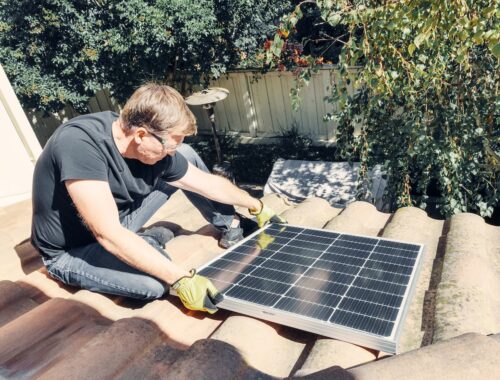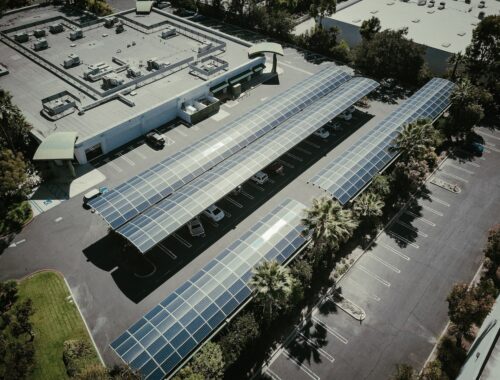
The Economics of Solar Power: Cost, Savings, and Return on Investment
Solar power has become an increasingly popular choice for homeowners and businesses looking to reduce their energy costs, promote sustainability, and generate a return on their investment. In this article, we will explore the economics of solar power, including the initial cost of installation, potential savings over time, and the return on investment (ROI) that can be achieved.
Initial Cost of Installation:
One of the main considerations when adopting solar power is the initial cost of installation. The cost varies depending on factors such as system size, location, and quality of components. However, it is worth noting that the cost of solar panels and associated equipment has significantly decreased over the past decade, making solar power more affordable and accessible than ever before.
Government incentives and tax credits further help to offset the upfront costs. Many countries and regions offer incentives, such as rebates and grants, to encourage the adoption of solar power. Additionally, the falling cost of solar panels, combined with financing options and leasing programs, has made it easier for individuals and businesses to invest in solar energy systems.
Long-Term Energy Savings:
While there is an initial investment involved in installing a solar power system, the potential long-term energy savings can be substantial. Solar panels generate electricity from the sun, reducing the need to purchase electricity from the grid. As a result, homeowners and businesses can significantly lower their energy bills over time.
The exact amount of savings depends on various factors, including the size of the solar system, local electricity rates, and the amount of sunlight available in the region. Generally, larger solar installations can generate more electricity and therefore provide greater savings. Additionally, regions with high electricity rates or generous net metering policies allow solar system owners to earn credits for excess electricity they feed back into the grid.
Return on Investment (ROI):
Calculating the return on investment (ROI) for a solar power system involves assessing the initial investment and the financial benefits received over its lifetime. ROI is typically expressed as a percentage and indicates the profitability or cost-effectiveness of the investment.
To calculate the ROI, one must consider factors such as the total cost of the solar system, including installation, maintenance, and financing, as well as the projected savings in energy costs over the system’s lifespan. It is important to note that the ROI for solar power can vary depending on factors such as electricity rates, available incentives, and financing terms.
In general, solar power systems have a relatively short payback period, typically ranging from 5 to 10 years. This means that the system pays for itself within that time frame through energy savings. After the payback period, the system continues to generate free electricity, resulting in significant financial benefits and ROI for the system owner.
Increase in Property Value:
Investing in solar power can also increase the value of a property. Studies have shown that homes and businesses with solar installations tend to have higher resale values compared to properties without solar systems. Potential buyers recognize the long-term cost savings, environmental benefits, and energy independence associated with solar power, making properties with solar more attractive in the real estate market.
Environmental and Social Benefits:
While the economics of solar power are important, it is essential to consider the broader environmental and social benefits as well. Solar power is a clean and renewable energy source that reduces reliance on fossil fuels, mitigates greenhouse gas emissions, and helps combat climate change. By investing in solar power, individuals and businesses contribute to a more sustainable and environmentally friendly energy system.
Solar power installations also create job opportunities and stimulate local economies. The solar industry has experienced significant growth, leading to the creation of numerous jobs in manufacturing, installation, maintenance, and research and development. Investing in solar power supports the transition to a green economy and fosters sustainable economic development.
The economics of solar power demonstrate its viability as a cost-effective and financially beneficial energy solution. While the initial investment may require careful consideration, the potential long-term savings, return on investment, increased property value, and environmental benefits make solar power an attractive choice. As technology continues to advance and costs decrease, solar power is becoming an increasingly compelling option for homeowners and businesses looking to reduce energy costs, increase energy independence, and contribute to a more sustainable future.
You May Also Like

How much solar energy can a single panel produce?
April 21, 2023
Solar Power vs. Fossil Fuels: A Comparison of Energy Sources
May 31, 2023

